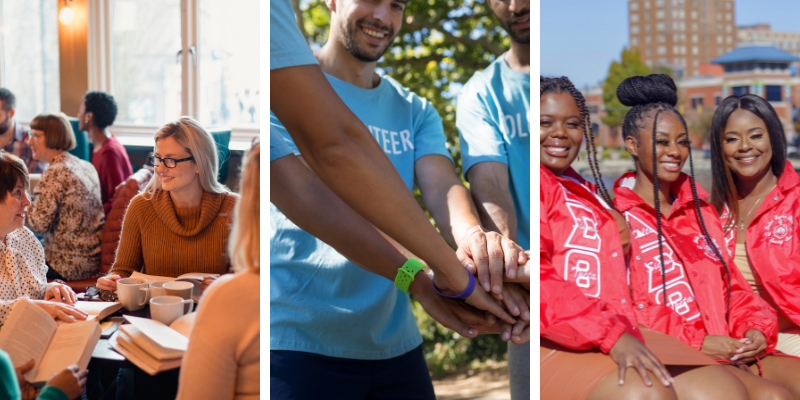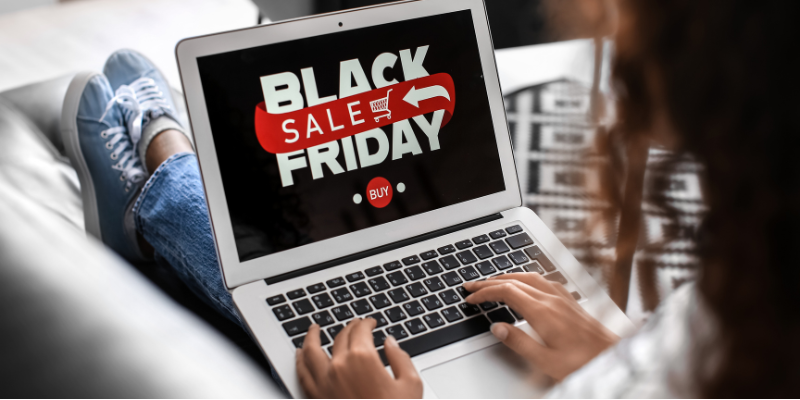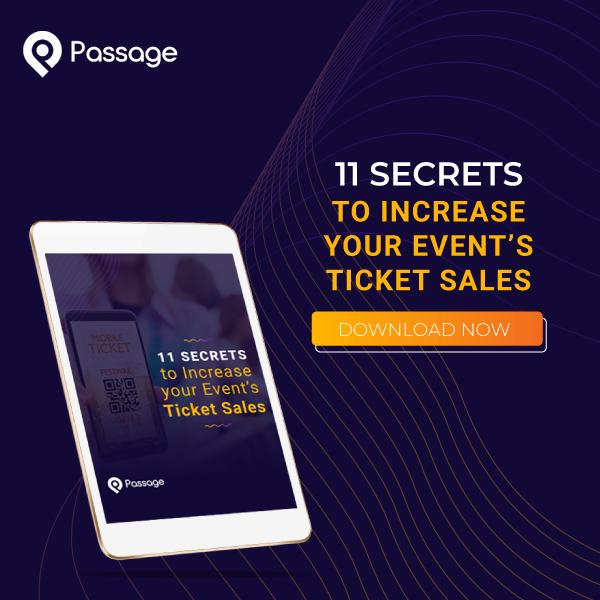When people think of your event, what do you want to come to mind? It’s a big question to answer for many event producers, but the perception and reputation of your event all comes down to branding and the type of experience it creates for your guests. So let's talk about why event branding is so important and the five foundational elements you need to start creating your brand identity.
What is Event Branding?
Event branding is simply a marketing practice that captures the essence of your event to uniquely distinguish it from competition. When you’re ready to create your brand identity, there are five foundational elements to consider: core values, color palette, fonts, logo, and tone of voice. All of these elements come together to create a cohesive experience that helps to shape how your audience thinks of your event. The key throughout is to keep these elements consistent. Once you find what works best for you, keeping everything consistent will help to cement a certain image in the mind of attendees. Why does all of this matter? Curating a brand identity helps with building brand recognition for your event, creating trust between your audience, and attracting interest from new prospects. It also can help to get people excited about your event and give them a taste for what’s to come in the long-term.
1. Define Your Core Values
The first step to guide the decision-making process for your brand identity is defining your core values. These are the key beliefs that drive the purpose behind your event. When you have core values that constantly remind you of what’s important to your event and the guests you’re serving, it’s easy to make decisions. Core values but also guide the stories and messaging you use to your audience. You’re able to connect with your audience on a deeper level, and help build brand loyalty. Defining what matters to you and your event will help build the foundation for a lasting brand identity.
2. Colors
The colors associated with your event can both inform and inspire attendees. Consider how color theory is able to convey certain moods and give your event a personality even before guests show up. For example, what feelings come to mind when you think of the color red? For most people, red will incite feelings of excitement and energy. Blue, on the other hand, makes people feel relaxed and can build a sense of trust. Combine your colors thoughtfully for a design that’s aesthetically pleasing and easily readable. Once you have the vision set for what colors you want to include in your event branding, try not to deviate too much from it to keep things consistent.
3. Fonts
With millions of fonts to choose from online, it may seem overwhelming to nail down the right one that fits the vibe of your event. Just like with colors, the fonts that you choose can tell a lot about your event. A good rule of thumb is that you’ll want to stick to no more than two or three different fonts. An easy way to break this down is to have one font for your main event title, then one font for any supporting text like a tagline or description. You’ll want to make sure that these are easily legible, even from a distance, and still work when blown up to a major size.
4. Logo
When you have your colors and fonts, it’s finally time to put it all together in a logo. Your logo will easily be one of the most recognizable elements of your event. The more creative you are with your logo and how you present it, the more likely guests will be willing to share it on their own. There are multiple ways that you can combine image and text, text only, or image only, to create a creative logo that is able to make your brand identity stand out. However, stay away from packing in too many elements that could make your logo feel cluttered. Your logo can then be placed everywhere where guests find information about your event, including on your website, your online ticketing sales platform, and more.
5. Tone of Voice
Were you ever told as a kid to “watch your tone?” The same is true for the messaging you put out surrounding your event. Tone affects the way that people perceive your communication. If your tone is off, people may misconstrue what you’re actually trying to say. When coming up with the tone of voice for your brand identity, consider who this event is attracting. What type of person would be attending your event, and what resonates with them? It's important to always keep your target audience in mind when writing out any messaging for your event. Many events tend to take a friendly, informative, and optimistic tone, but also don’t be afraid to branch out of that and be a little sarcastic if that fits your event.
Wrapping Up
Event branding is an essential factor for success in the events industry. Once you have defined your brand identity, you’re ready to carry that over to all of your promotional materials, social media, website, merchandise, where you sell tickets to your event online, and more. No matter the size of your event, event branding will help you host a memorable event that will leave a lasting impression in the minds of your guests.









